Goalsetting: setting SMART goals to get the most out of your preseason
As a coach, setting clear goals is crucial in creating an effective and well-planned program. Before you even begin designing skills, drills and game-play exercises, take some time to think about what you want to accomplish after the Christmas break.
When setting goals for the post-xmas period, consider breaking down your goals in team-focused and player-focused. A team goal may be towards improving fitness levels as players return from their holiday break, while also considering improving individual players stick skills and ball control. The aim being to get players back to where they were before the break.
It's also essential to take into account your team's current level of performance and experience and tailor your goals and session planning accordingly. If your team consists of new and inexperienced players, your goals will likely be different than if you have a team with more experienced and high-performing players.
One way to set effective goals for the preseason is to use the SMART criteria, a goal-setting framework that stands for Specific, Measurable, Achievable, Relevant and Time-bound.
An example of SMART goal-setting: instead of simply saying "improve fitness", you might set a goal that states, "increase the average number of laps run by each player by two, within the first two weeks of preseason." This goal is specific, measurable, achievable, relevant, and time-bound, which makes it more effective and achievable than a general goal.
Constantly reviewing your goals throughout will enable you to adjust accordingly as you progress in preparing your players. Having open communication with players and supporting coaches provides a platform to receive feedback to ensure the players are understanding and engaged. Providing players the opportunity to share their views creates an open and honest culture where opinions and feelings can be heard.
In summary, setting clear goals and having open dialogue as a squad during preseason is an essential step in creating an effective program that will help your players improve their conditioning and skills-set. Regularly evaluating your players' progress, and adapting your sessions and overall plan if required allows your players to achieve the shared set objectives and be ready for the season restart.


